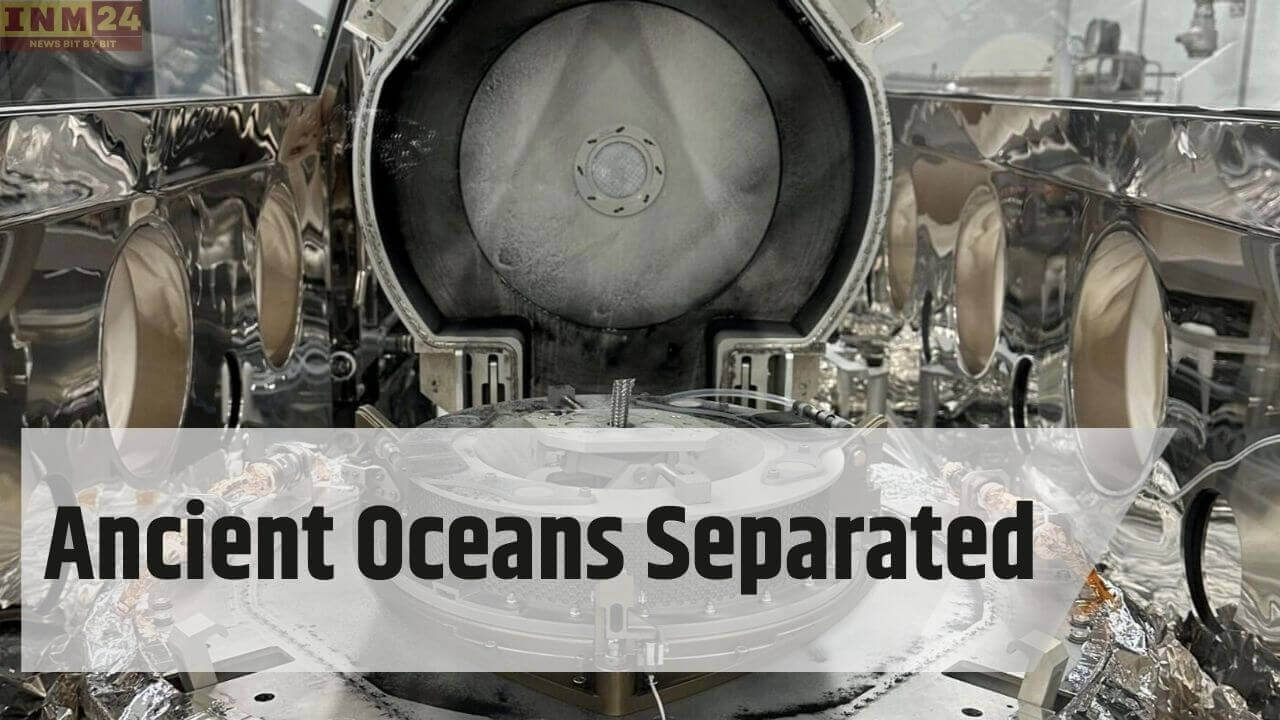In a significant revelation, scientists are unraveling the mysteries concealed within the sample collected from the Ulkapind asteroid, also known as Bennu. The examination of this space sample has yielded crucial information, suggesting its origins might be distinct from a water-rich world. However, this interpretation is still under scrutiny.
Significant discoveries made from the sample collected from the Ulkapind asteroid, also known as Bennu.
Scientists are closely examining the sample, indicating potential links to a world with water.
The OSIRIS-REx mission successfully brought the sample back to Earth for in-depth analysis.
Bennu’s Space Sample Unveiled
NASA’s OSIRIS-REx mission successfully retrieved a sample from the Ulkapind asteroid, more commonly referred to as Bennu, a few months ago. Scientists are now meticulously examining the contents of this sample, and initial findings have offered valuable insights into its composition. Researchers are particularly intrigued by the possibility that the Ulkapind asteroid might have originated from a world with a substantial amount of water.
The OSIRIS-REx Mission
The OSIRIS-REx mission embarked on a seven-year journey, culminating in the return of the asteroid sample to Earth on September 24, 2023. The spacecraft touched down in Utah, USA, with fragments of the Ulkapind asteroid, sparking anticipation among scientists eager to explore the secrets held within.
Scientific Analysis Underway
At the University of Arizona’s Kuiper-Arizona Laboratory, researchers are diligently conducting examinations at the atomic level on the Bennu sample. Initially, scientists received a 200-milligram portion of the Ulkapind Bennu sample for analysis. Dante Lauretta, the principal investigator for OSIRIS-REx and affiliated with the University, stated, ‘We have more than 1000 particles larger than half a millimeter, and 28 particles are larger than one centimeter. The largest particle is 3.5 centimeters.’
Water Discovery on Ulkapind
The examination of the Bennu sample has revealed the presence of water within mineral-like compounds reminiscent of Earth’s soil. These samples also contain carbon, nitrogen, sulfur, and phosphorus. Notably, these remnants from Bennu represent some of the oldest materials ever collected on Earth. Lauretta commented, ‘We will be busy for a long time because this is a significant quantity for us.’
Distinct Composition and Isotopes
The Bennu sample differs isotopically from any asteroid in our collection, challenging assumptions about the origins of these celestial bodies. Further investigation into the Ulkapind Bennu samples will provide critical data about the conditions prevalent in the early solar system and may offer insights into the formation processes of asteroids.
Potential Link to Water-Rich Worlds
The abundance of water, carbon-rich compounds, and the unique presence of phosphate crust in the Bennu sample raise the possibility that Ulkapind Bennu might be a fragment from an ancient water-rich world. However, researchers caution that this interpretation is preliminary, and further analysis is necessary to draw definitive conclusions.
Looking Ahead
Ongoing research and detailed analysis of the Bennu sample will continue to unfold new revelations in the coming months. The 55th Annual Lunar and Planetary Science Conference, scheduled to be held in Texas next month, promises to shed more light on the Ulkapind Bennu findings.
In conclusion, the examination of the Ulkapind Bennu sample has opened a new chapter in our understanding of the solar system’s early history. The unique composition of the asteroid hints at intriguing possibilities, prompting scientists to delve deeper into the secrets hidden within the ancient fragments of Bennu.”
